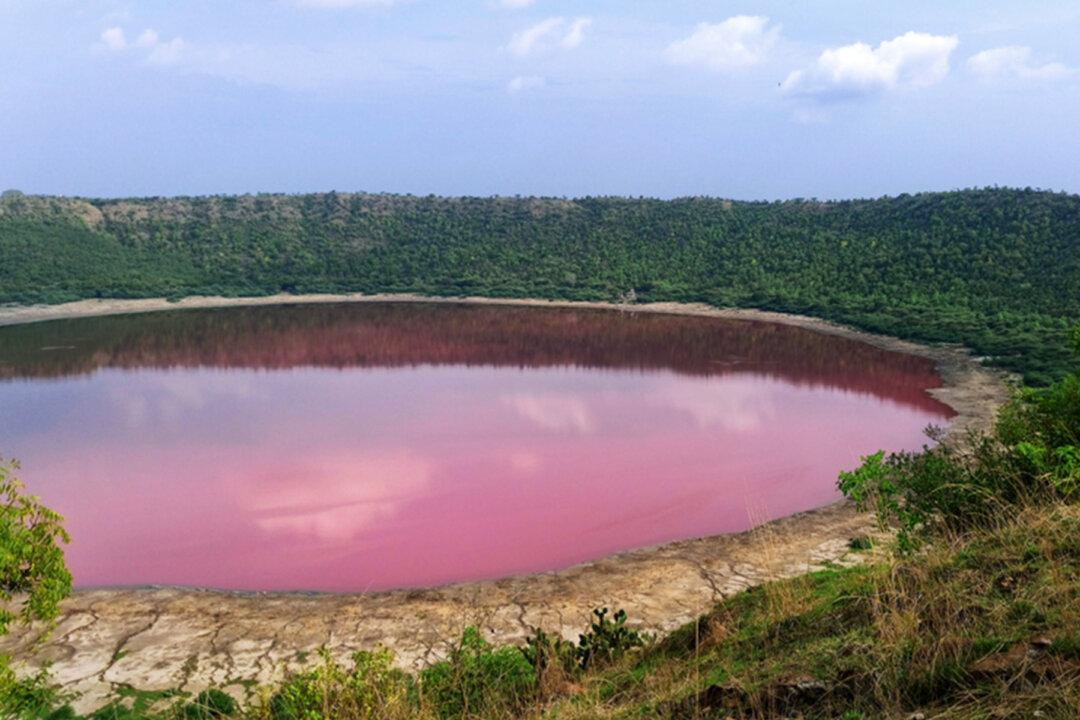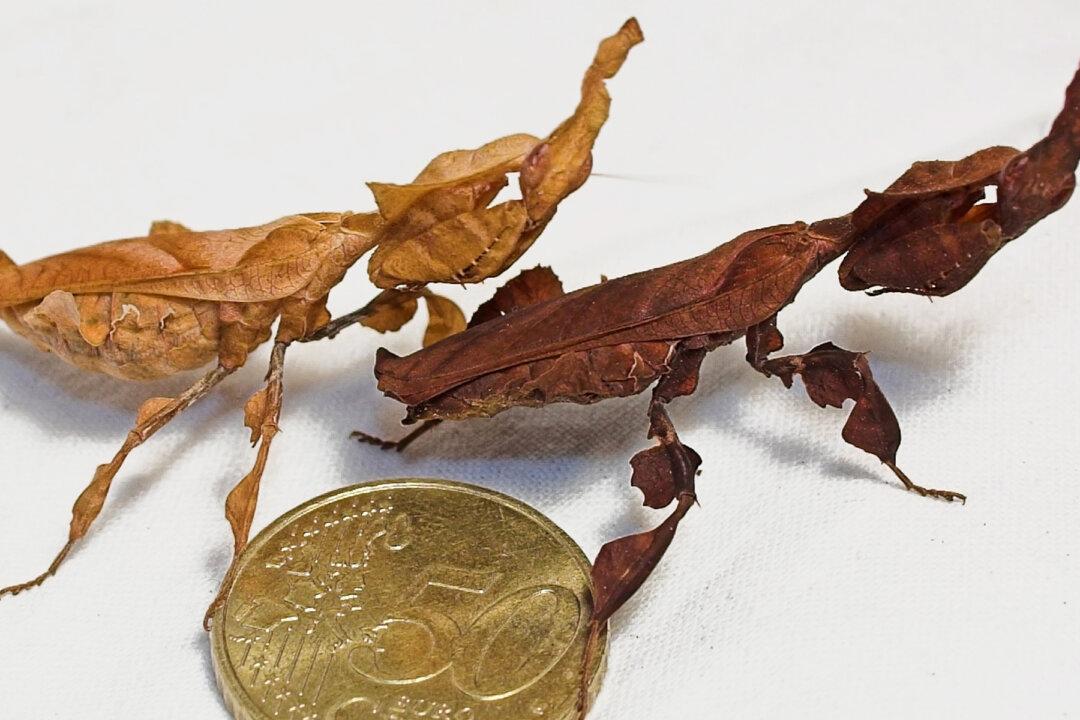A very unusual lake in the Indian state of Maharashtra has stunned scientists and observers, as it has made a complete color transformation from green to pink. The oval-shaped depression was formed over 50,000 years ago when a meteorite crashed into the earth, resulting in one of the largest crater lakes on the planet.
The lake has always been known to scientists and tourists who visit as having a blue-green hue, yet recently, Maharashtra tourism authority has posted shocking pictures of it appearing a pastel pinkish-red.





